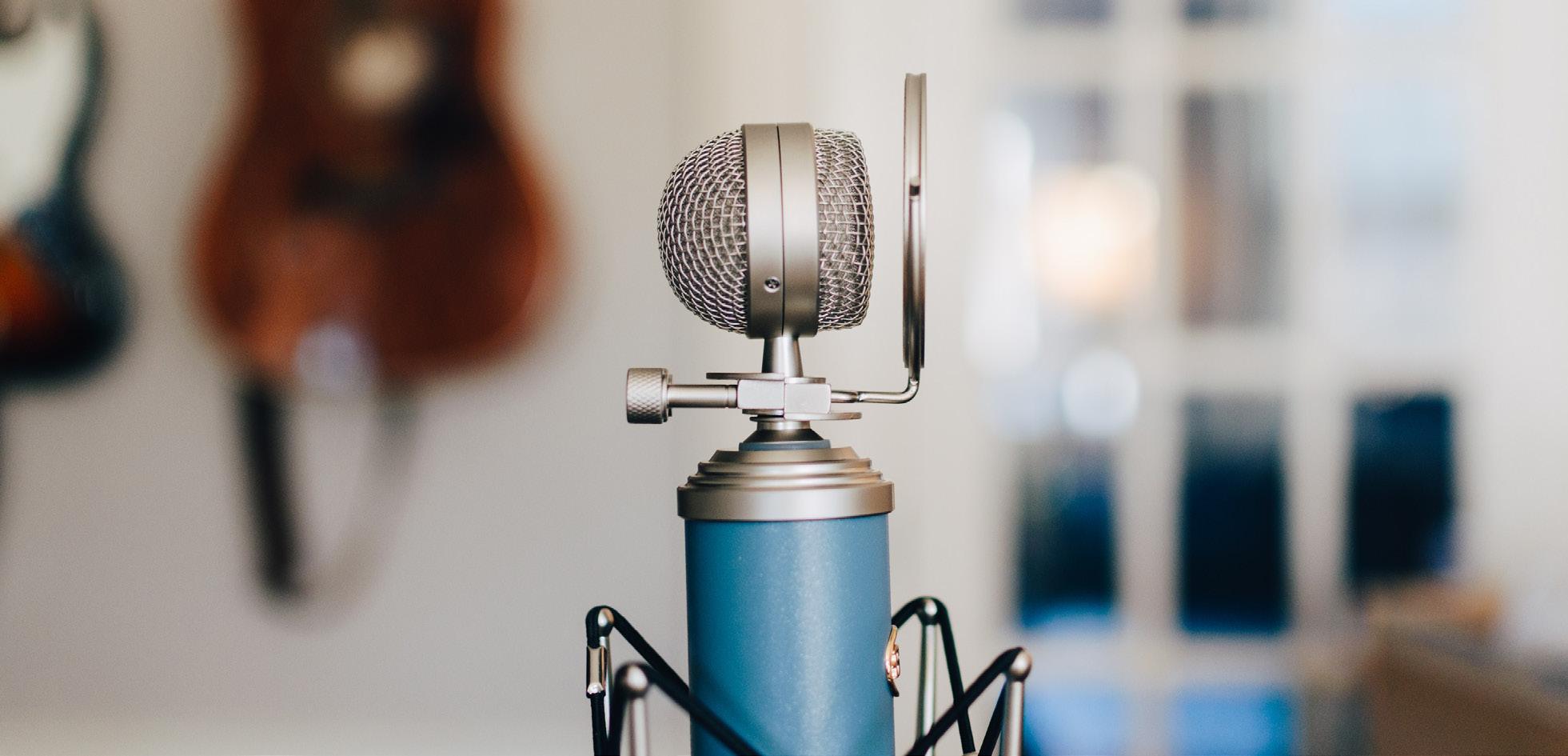
2 minute read
How sonic branding adds to a multi-sensory brand strategy
Combining sight and sound. The importance of a multi-sensory brand strategy

Advertisement
Did you know that it takes only 0.025 of a second to register and identify a sound? That means you process audio information 10x quicker than visual information.
At the same time, music is the only thing in your auditory cortex that fires off every part of your brain simultaneously.
We live in a world of sound, and sound and music are inherently based on emotion.
With 75% of decisions being made on emotional rather than rational considerations, it’s important that the sound and music your customers hear have the right associations and trigger the right responses.
Ideally, your visual and sonic brand should work very much hand in hand. For an airline, that means what passengers see on the side of your aircraft should be matched by what they hear when they come on board.
If your customers / passengers hear sound that is congruent with the visual identity of your brand, the impact increases by around 110%.
And it works the other way as well, for example if you play a style of music on board which is completely out of sync with the visual cues your brand gives off. Incongruent sound with visual brand reduces impact by around 86%.

It doesn’t only work with visual branding. If you employ smell or scents in a retail environment (or say within one of your lounges), sound can amplify those sensations as well.
One 2001 study showed that when ambient scent and music are congruent with each other in terms of their arousing qualities (in this case slow music with calming lavender scent or fast music with a stimulating grapefruit scent), consumers rate the environment significantly more positively, exhibit higher levels of approach and impulse-buying behavior, and experience enhanced satisfaction than when these atmospheric elements were at odds with each other.
A second 2010 study backed that up, showing that if the music is congruent with a scent, it significantly increases the pleasure and satisfaction of shoppers.
In the next piece we will talk about how technology means that consumer behaviour is increasingly sound related, after which we’ll talk about possible sound touch-points on the average passenger journey.










